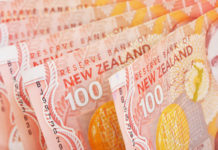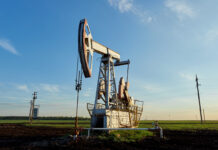The American economy got off to a better-than-expected start in 2018, advancing 2.3% (annualized) in Q1. While the outturn sounds fairly modest, we had expected residual seasonality to exert greater downward pressure on first quarter growth, and the number exceeded expectations.
Still, residual seasonality appeared to be a factor in consumer spending, which advanced only 1.1% in Q1, as expected. The first quarter pause in spending came after a 4% jump in Q4, which was boosted by post-hurricane related re-stocking activity.
On a more positive note, business investment rose 7.3%, slightly stronger than anticipated. The outperformance was due to a 12.3% jump in investment in nonresidential structures investment. While most sub-categories were up in Q1, investment in mining exploration, shafts and wells (which includes the shale oil industry) was up 38% annualized in the quarter, as higher oil prices drove drilling activity. Investment in equipment (+4.7%) and intellectual property (+3.6%) were in line with expectations.
Another source of positive growth surprise was exports, which rose 4.8% in Q1. Imports rose a more modest 2.6%, which meant net exports boosted growth 0.2 percentage points in Q1.
Residential investment was flat in Q1, as the housing sector took a breather after hurricane-related rebuilding boosted activity 12.8% in Q4.
Inventory investment added 0.4 percentage points to growth, reversing the drag in Q4.
Key Implications
The U.S. economy carried more momentum into the first quarter than we had expected, driven by healthy investment in the oil and gas sector and strength in exports. Meanwhile, residual seasonality appears to have been a factor for consumers as spending took a breather from a hot pace of spending at the end of 2017. We expect consumers will be back in action in the second quarter. Smoothing out the quarter-to-quarter swings, the U.S. economy ran at a very healthy 2.9% pace year-on-year in the first quarter. We expect the fiscal stimulus that is just getting going to lift that trend to 3.0% by the end of the year.
The Fed already knew that the economy had healthy momentum to start 2018, but Q1’s better-than expected outturn probably puts some upside risk to their outlook. The fact that much of the upside surprise came from the volatile oil and gas sector may raise concerns about the sustainability of the heady pace of investment spending. Our outlook for two more Fed hikes this year, continues to have more upside than downside risk to it and today’s GDP result only shifts those risks very slightly at the margin.













